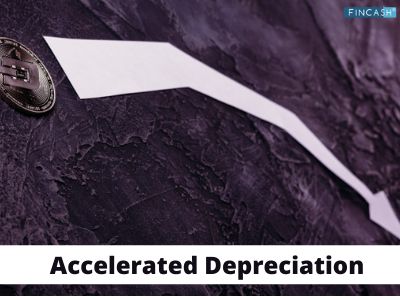Half-Year Convention for Depreciation
What is the Half-Year Convention for Depreciation?
This is the Depreciation schedule that treats every acquired property during a year as being acquired precisely in the mid-year. This simply means that just half of the complete year depreciation is allowed in the first year, while the outstanding balance gets deducted in the final year of the schedule of depreciation or the year when the property gets sold.

This half-year convention for depreciation can apply both to straight-line depreciation schedules and the modified accelerated cost recovery systems.
Explaining the Half-Year Convention for Depreciation
Depreciation, in a way, is the Accounting convention that assists match related to revenues and expenditure. If an item is competent enough to bring value to the company for several upcoming years, it gets recorded as the Fixed Asset during the time of purchase.
Depreciation enables a company to expense a specific amount of the cost of the asset in every year of the asset’s life. The company then tracks the Book Value of the asset by deducting the accumulated depreciation from the historical cost of the company.
Thus, the half-year convention for depreciation enables companies to match expenses and revenue in the year as they incurred by depreciating just half of the basic annual depreciation expense occurred in the first year in case the asset was purchased in the mid-year.
Talk to our investment specialist
Half-Year Convention Example
Let’s take an example here. Suppose a company bought Rs. 105,000 worth of a delivery truck with its Salvage Value of Rs. 5,000 and the expected life of up to 10 years. The straight-line method of the depreciation expense will be calculated by dividing the difference of the truck’s cost and the salvage value by the expected durability of the truck.
Now, in this example, the calculation will be Rs. 105,000 – Rs. 5,000 divided by 10; or Rs. 10,000 per year. Basically, the company will spend Rs. 10,000 in years from one to ten years. However, in case the company bought the truck in July instead of January, it will be appropriate to use the half-year convention to alight the equipment cost with the time period wherein the truck offers value.
Rather than depreciating the entire Rs. 10,000 in the first year, the half-year convention expenditure will be half of the estimated depreciation expense, which is Rs. 5,000 in the first year. This way, from the second up to the tenth year, the expenditure will be Rs. 10,000. And then, the eleventh year will have it as a final of Rs. 5,000.
All efforts have been made to ensure the information provided here is accurate. However, no guarantees are made regarding correctness of data. Please verify with scheme information document before making any investment.












